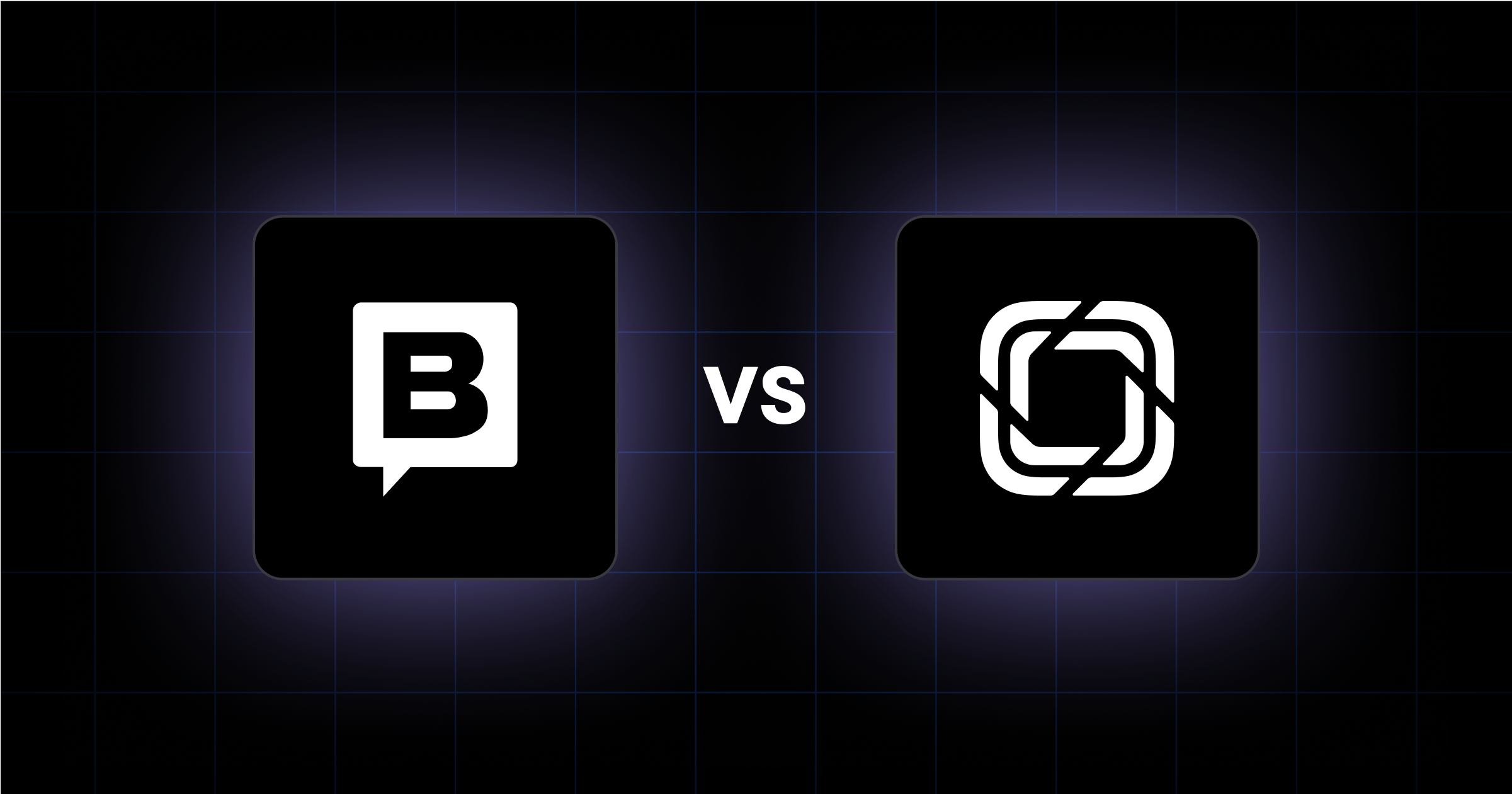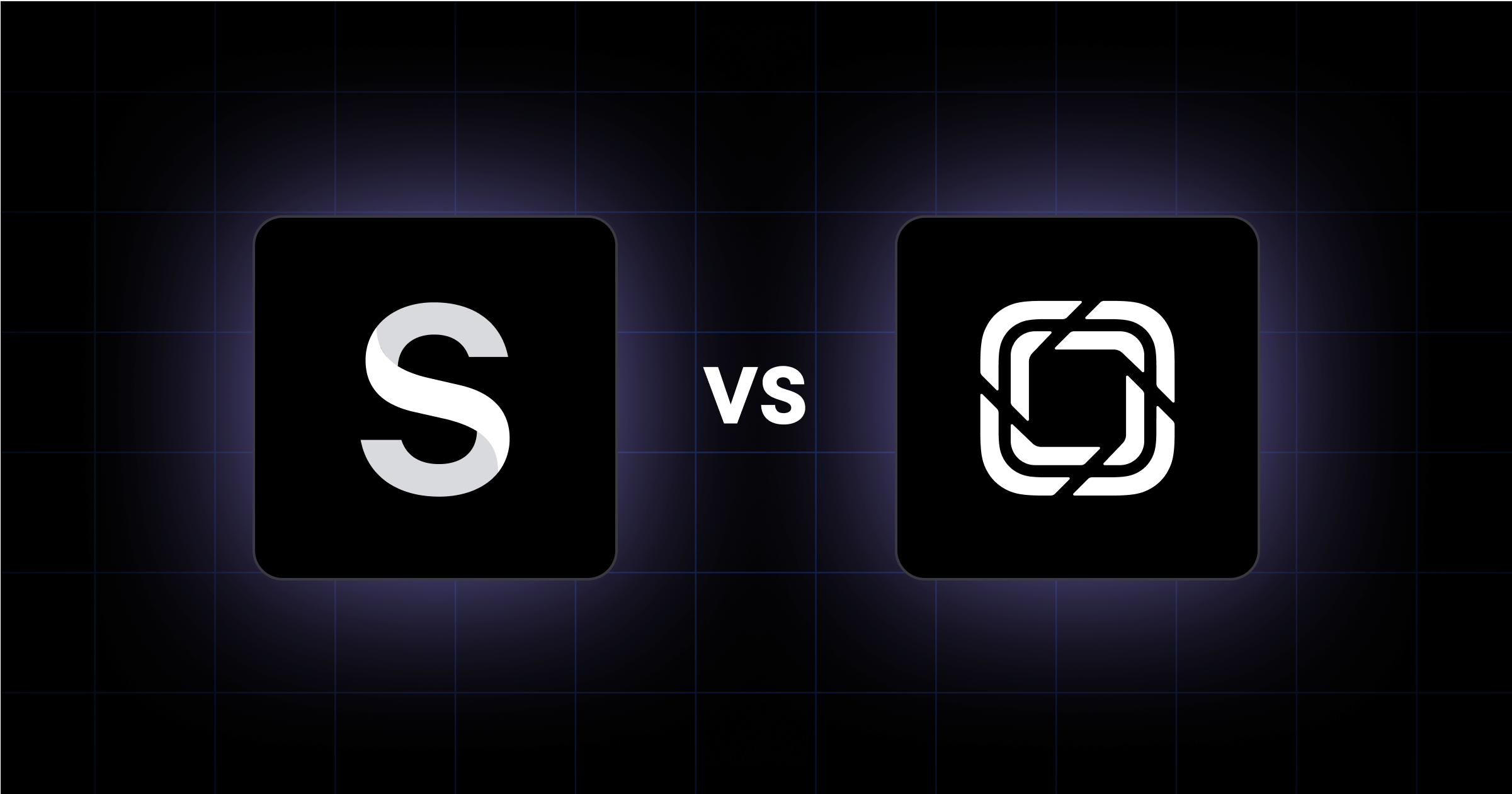Selecting the right headless CMS is crucial for your project's success. In this Storyblok vs DatoCMS comparison, we outline their pros, cons, and key differences to help you choose the platform that best meets your team's needs.
Introduction to Storyblok and DatoCMS
Headless CMS platforms like Storyblok and DatoCMS offer flexibility, making them popular among developers and content creators seeking robust enterprise CMS platforms.
Overview of Headless CMS
A headless CMS separates the content storage from how it's displayed, allowing content to be delivered via APIs to any front-end or device. This setup lets developers use their preferred front-end frameworks while content creators manage content in one place. This modularity is a key aspect of composable architecture.
Storyblok Overview
Storyblok is a headless CMS with a visual editor and a component-based content model, supporting modular content design. Key features:
- Visual Editor: Allows real-time preview and editing, making it user-friendly for non-technical users.
- Component-Based Approach: Enables creation of reusable content blocks for content structuring.
- APIs: Offers both RESTful and GraphQL APIs.
- Multilingual Support: Provides tools for managing content in multiple languages.
- Integrations: Includes a marketplace with pre-built plugins and integrations.
Founded in Austria in 2017, Storyblok serves developers and marketers seeking ease of use. It offers a free plan, with paid plans starting at €9 per month. Companies can also collaborate with a Storyblok partner agency for customized solutions. Its range of Storyblok services and integrations make it a flexible choice.
DatoCMS Overview
DatoCMS is a headless CMS designed for content creation and distribution. Key features include:
- Structured Content Modeling: Customizable content types and fields for content management.
- GraphQL API: Provides a GraphQL content delivery API.
- Worldwide CDN: Offers fast content delivery globally.
- Granular Access Control: Includes detailed roles and permissions for team collaboration.
- Asset Management: Features image manipulation and optimization.
Founded in Italy in 2015, DatoCMS caters to businesses needing strong content management solutions. Pricing starts at $199 per project per month, aimed at larger projects. Companies may also seek DatoCMS services to assist with setup and customization.
Pros and Cons of Storyblok
Advantages of Using Storyblok
Storyblok's visual editor simplifies content management for non-technical users. It supports customizable content blocks for dynamic content. Storyblok integrates with tools like Gatsby, Next.js, and Netlify. It offers multi-language support, making it suitable for businesses with global audiences. Its range of Storyblok services and integrations make it a flexible choice.
Pricing starts at €9 per month, and a free plan is available for teams to try the platform. User reviews mention its headless CMS capabilities and user-friendly interface.
Disadvantages of Storyblok
Some users report slow load times for previews, affecting the editing experience. Occasional bugs and errors can disrupt workflows. The editor layout may be confusing for some, requiring time to learn. Storyblok has predefined user roles without customization, which may limit access control for larger teams needing detailed permissions. Higher pricing tiers can become costly, which may not be ideal for smaller organizations.
Pros and Cons of DatoCMS
Advantages of Using DatoCMS
- User Interface: DatoCMS provides an interface that's straightforward for both developers and content editors.
- Developer Tools: Supports GraphQL and REST APIs for integration and content delivery. Additionally, DatoCMS services provide support for implementation and customization.
- Image Management: Includes image manipulation and optimization features.
- Multilingual Support: Supports multiple languages.
- Permissions: Allows detailed user roles and permissions.
- Worldwide CDN: Comes with a global Content Delivery Network.
- Collaboration Tools: Built-in features support team collaboration.
Disadvantages of DatoCMS
- Pricing: Paid plans start at €199 per month, which may be costly for smaller businesses, especially those migrating to headless CMS for the first time.
- Limited Free Plan: The free tier has restricted resources, possibly insufficient for larger projects.
- Smaller Community: There may be less community support and shared resources.
- Fewer Features: DatoCMS lists fewer total features compared to platforms like Storyblok.
- No Visual Editor: DatoCMS lacks a visual, WYSIWYG editor, which may be less convenient for content editors.
Key Differences Between Storyblok and DatoCMS
Comparing Key Features
Content Modeling
DatoCMS offers structured content modeling with predefined fields and validation options, suitable for complex projects. Storyblok allows content creators to define custom content structures.
APIs
Both platforms provide GraphQL APIs, giving developers powerful interfaces to access content (learn more about API definition). Storyblok also offers a RESTful API, giving developers additional options.
Visual Editor
Storyblok features a visual editor for non-technical users, while DatoCMS focuses more on backend content management.
Localization
For projects requiring multilingual CMS support, DatoCMS offers built-in localization features, while Storyblok uses modular content blocks for different languages.
User Roles and Permissions
DatoCMS provides detailed access control with custom roles, while Storyblok offers predefined roles.
User Experience and Interface
Storyblok's Interface
Storyblok's visual editor provides an intuitive user experience for content creators.
DatoCMS Interface
DatoCMS is known for its ease of use and setup, focusing on simple administration and content management.
Integration Capabilities
Both Storyblok and DatoCMS integrate with tools like Gatsby, Netlify, and Shopify. Storyblok offers a wider range of integrations and provides both GraphQL and RESTful APIs.
Choosing the Right CMS for Your Needs
Assessing Your Project Requirements
If your team includes developers and content editors who need visual content management, Storyblok's visual editor may be beneficial. If structured content and a traditional content model are priorities, DatoCMS offers customizable content types and an easy-to-use interface. Consider which platform suits your project's specific requirements.
Evaluating Scalability
Think about your project's future growth and the challenges of scaling CMS solutions. DatoCMS emphasizes scalability, while Storyblok supports it with workflow management and version control.
For Development Teams
Consider which platform aligns with your development team's preferences and expertise. Both platforms offer API support and developer tools.
Conclusion
Choosing between Storyblok and DatoCMS depends on your project's needs and your team's preferences. Both are strong headless CMS options with advantages. Consider your team's composition, project scale, and budget when deciding. Both platforms offer free plans, so you can try them out to see which fits your requirements.
Decide which platform aligns best with your goals and workflows.
Here at Webstacks, we help many companies level up their online presence through next-gen solutions for websites.
If you want to learn more about this or any other topic, feel free to reach out to us!




